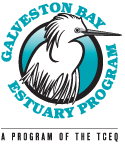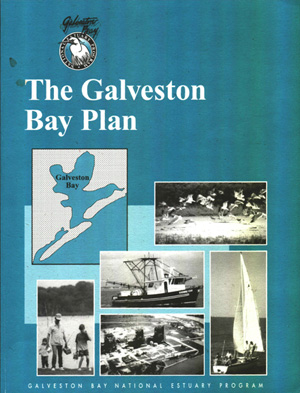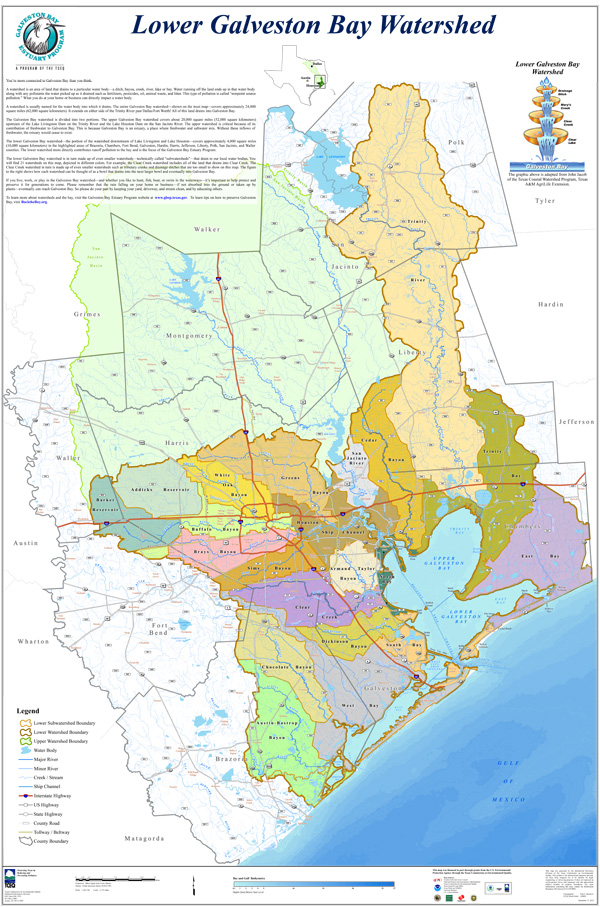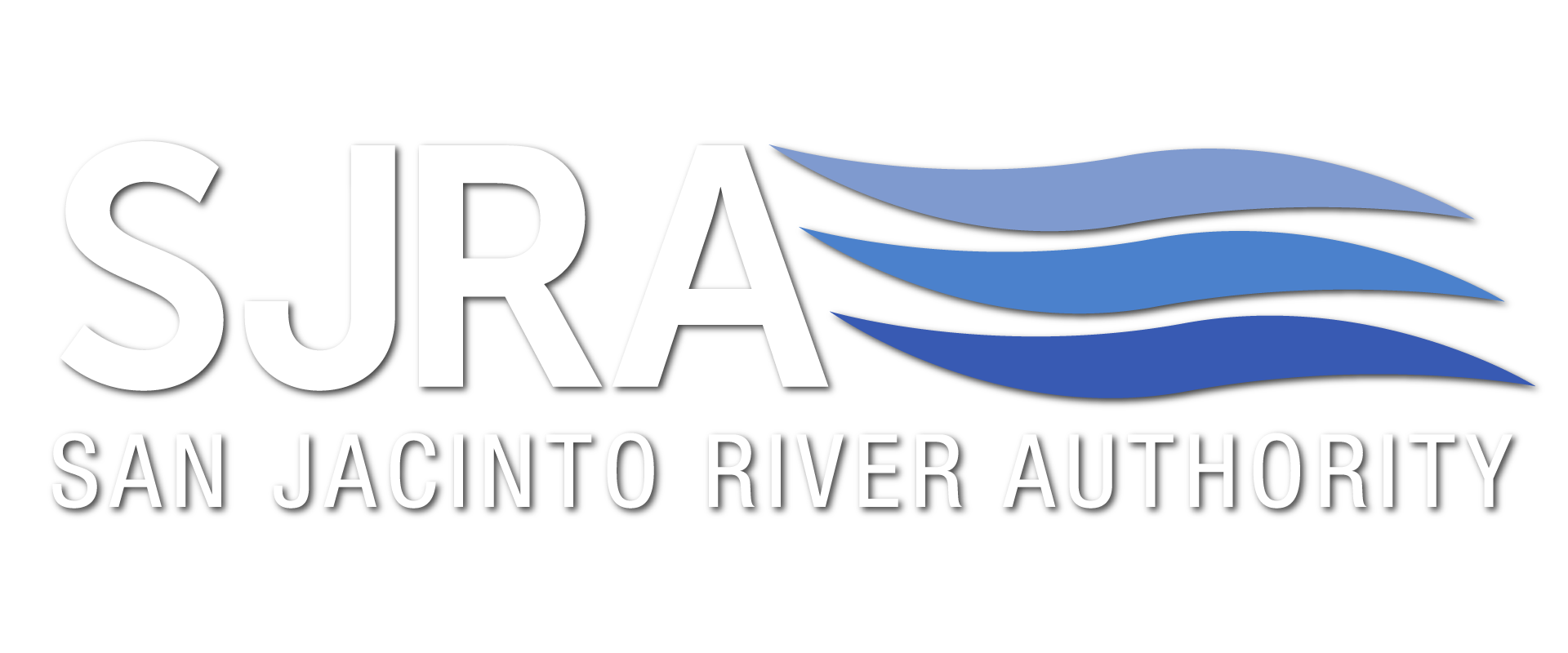By: Shane Simpson, Lake Conroe Division.

SJRA has a long history of involvement and direct support for various external efforts in the San Jacinto River Basin related to water resources management. One of these important programs is the Galveston Bay National Estuary Program (GBNEP), which was established under Section 320 of the Water Quality Act of 1987 with a purpose to develop a Comprehensive Conservation and Management Plan for Galveston Bay (the Galveston Bay Plan). This particular program has been very successful and SJRA is proud to be one of the local government agencies who have dedicated staff time and expertise to help develop and provide continued support for the goals of this local program.
Program Results
The Estuary Program partners have made notable achievements in improving water quality, restoring wetlands, protecting unique habitats, and educating the public. Since 2000, the Galveston Bay Estuary Program and its partners created, protected, and enhanced 21,150 acres of important coastal habitats, leveraging approximately $80 million in local, industry, state, and federal contributions. The Estuary Program receives approximately $1.6 million on average in base funding (state and federal). Base funds support program operations, and also serve as seed funds to execute specific projects that implement the Galveston Bay Plan.
Officially established in 1989, the Galveston Bay Estuary Program is one of two estuary programs in Texas and one of 28 National Estuary Programs in the United States. This non-regulatory program is now administered by the Galveston Bay Estuary Program and consists of a small staff of professionals based in Houston offices. Since many agencies and organizations are concerned with managing the resources of Galveston Bay, coordinating a broad range of issues among them is necessary. The program has been successful in forging diverse partnerships with these organizations and strives to effectively work with local governments, businesses, ports, commercial fisheries, recreational anglers, environmental organizations, and state and federal natural resource agencies. The Galveston Bay Plan, April 1995 reflects the many partnerships for implementing the Galveston Bay Plan.
Council Partnership
The Galveston Bay Plan guides the conservation and restoration of the estuary and identifies problems, solutions and actions to rectify the Bay’s growing needs. The development of the Galveston Bay Plan occurred through a partnership of state and federal agencies, local governments, stakeholders, users, and other interest groups and continues to be guided by the Galveston Bay Council, which provides an advisory role for the Galveston Bay Estuary Program’s implementation of the Plan. The Council is comprised of various interest groups, each represented with at least one designated appointee. The various interests include:
- Federal Agencies,
- State Agencies,
- Regional/Local Governments,
- Environmental/Citizen’s Groups,
- Private Sector, and Research/Academia.
The Council has five subcommittees that meet regularly to ensure the Plan’s implementation and to identify projects and programs needed to address actions established in the Plan document.
Subcommittees include:
- National Resource Uses
- Water and Sediment Quality
- Public Participation and Education
- Monitoring and Research
- Budget and Priorities
SJRA Involvement
Since the formation of the Council in November 1995, the San Jacinto River Authority has provided a council member representing Regional/Local Governments. Historically, SJRA’s General Manager has served as the appointee, including Jim Adams, Reed Eichelberger, and currently, Jace Houston. SJRA’s involvement in these various activities not only contributes to the protection of our natural resources, but also allows SJRA to be directly involved in the coordination and collaboration that occurs between local and regional entities to address the watershed/environmental issues that are important to the region.


Lower Galveston Bay Watershed

Program Partners
Featured in the February, 2019 Issue of Dock Line Magazine.

